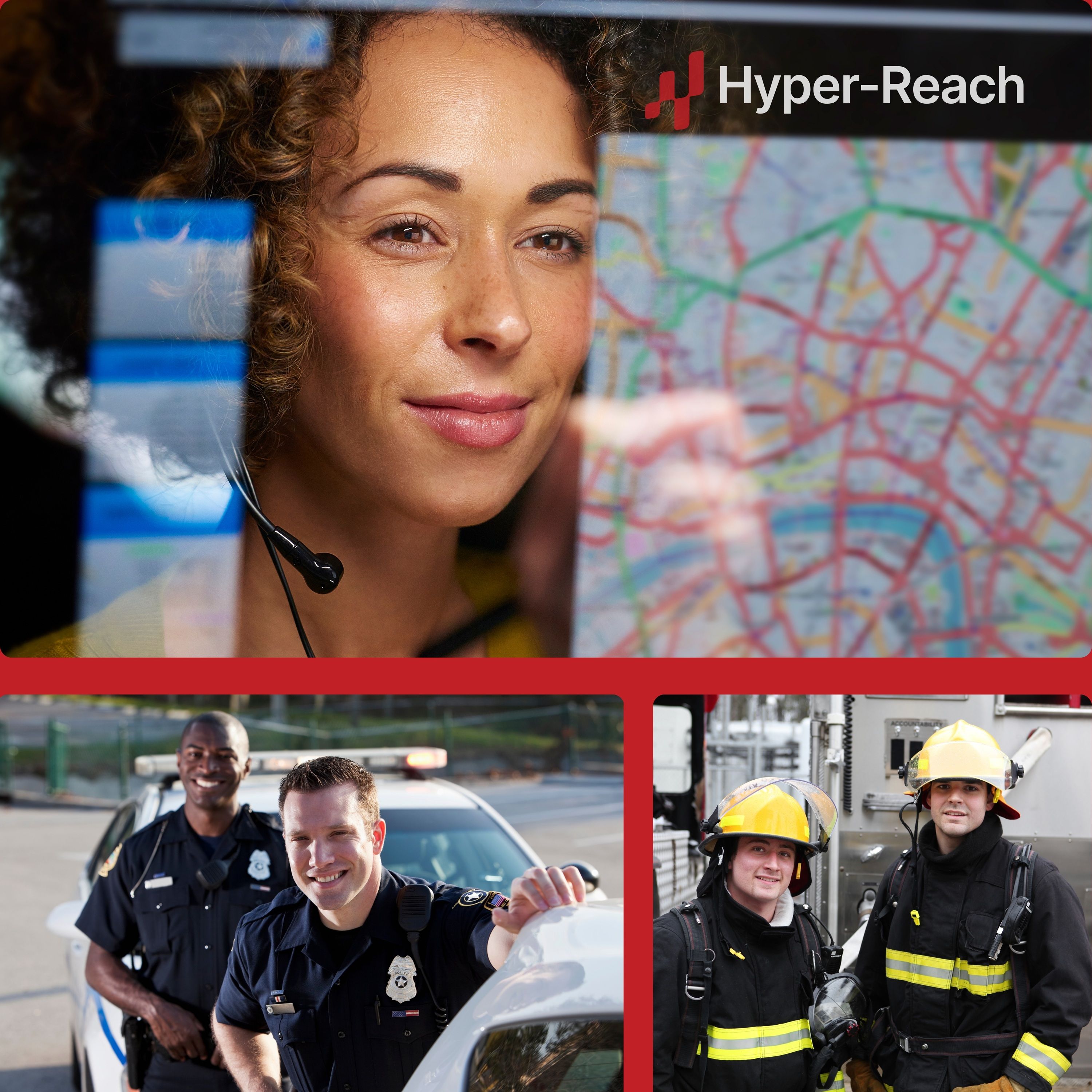Hyper-Reach: Beyond the Beep: How Smarter Alerts Are Fighting Misinformation and Alert Fatigue
)
In today’s world of fast-moving disasters, from hurricanes and wildfires to cyberattacks and grid failures, every second matters—and so does every word. For decades, mass notification systems were built around reach: get the message out to as many people as possible, as quickly as possible. But as crises have multiplied and communication channels have exploded, that approach has created an unexpected threat—alert fatigue. When people are bombarded with non-critical messages or receive alerts that don’t apply to them, they begin to tune out. And when the real emergency hits, the message that could save their lives risks being ignored. In emergency management, the problem isn’t just message delivery anymore—it’s message relevance.
The next generation of emergency communication is built on precision. Today’s most advanced systems integrate geospatial targeting, recipient segmentation, and rule-based automation to ensure that messages reach only those who truly need to act. Instead of blasting an entire city, alerts can now zero in on a single neighborhood, facility, or responder group. This targeted approach doesn’t just streamline operations; it preserves trust, reduces cognitive overload, and prevents critical updates from getting lost in the noise. When an emergency system knows who needs to know—and who doesn’t—it becomes a force multiplier for coordination and calm.
At the same time, misinformation has become the invisible disaster within every disaster. In the age of social media, false evacuation orders, outdated weather maps, and fabricated posts can spread faster than verified updates. Once misinformation gains traction, it can cause chaos, panic, and dangerous delays in evacuation or response. That’s why verified, centralized alerting systems have become essential infrastructure for modern cities. Using automated message, and multi-channel delivery, emergency agencies can outpace rumor with fact—delivering consistent, trustworthy information that cuts through digital noise.
Researchers now describe this new paradigm as “time-compressed resilience”—a city’s ability to recover from disruption depends on how fast it can sense, decide, and communicate. In that model, communication isn’t a final step—it’s the system’s central nervous system. When every channel is synchronized—text, voice, email, smart speakers, and social networks—agencies, responders, and the public move as one coordinated unit. Speed, clarity, and confidence replace confusion and delay.
The takeaway for this year’s Disaster Expo Texas is clear: the future of resilience isn’t about louder alerts—it’s about smarter ones. Success in emergency communication will no longer be measured by how many messages are sent, but by how many people receive, understand, and act on them. The agencies that embrace precision, trust, and intelligent targeting will lead the next era of crisis management—where communication itself becomes the most powerful tool of protection.



